The changes in the way procurement processes are approached by companies have been brought about by procurement management software. This is where such software comes into the picture and waives the procurement cycle, enhances efficiency, cuts costs, and meets regulatory enactments. This invoicing process takes in all the requisition, purchase orders, and supplier management orders. Yes, I am managing the procurement operations of organizations efficiently and enabling them to build healthier relationships with suppliers and take steps toward informed purchases. Today, thanks to the network of supply-chain bankruptcy maps, procurement management software is mandatory software for any procurement company.
Table of Contents
- What is Procurement Management Software?
- Top 9 Procurement Management Software
- 1. Precoro is best for contract management
- 2. Coupa is best for spending management
- 3. Kissflow is best for automating purchase orders
- 4. Vendr best for SaaS costs
- 5. GEP SMART is best for direct procurement
- 6. Jaggaer best for e-procurement
- 7. Procurify best for supplier management
- 8. Team Procure best for custom procurement workflows
- 9. Corcentric best for B2B teams
- What Should You Look for in Procurement Management Software?
- Common Procurement Management Challenges
- How Can Procurement Management Tools Enhance the Procurement Process?
- Using Tools for Better Procurement Management.
What is Procurement Management Software?

For improved business procurement processes, which include procurement of vendors, contracts, etc., procurement management software is a one-place solution. This will help automate recurring tasks and provide a single place where everything can be managed, which helps procurement teams work together more efficiently, track progress more effectively, and make decisions based on data. With chains becoming more intricate and a desire for quick resolutions, procurement management software has been identified as a must-have tool of the trade, not only for multinationals but for small to mid-sized companies and start-up entities as well. Not only does the software simplify complex procurement tasks, but it also vastly improves the ability to remain competitive in today’s fast-paced market.
Top 9 Procurement Management Software
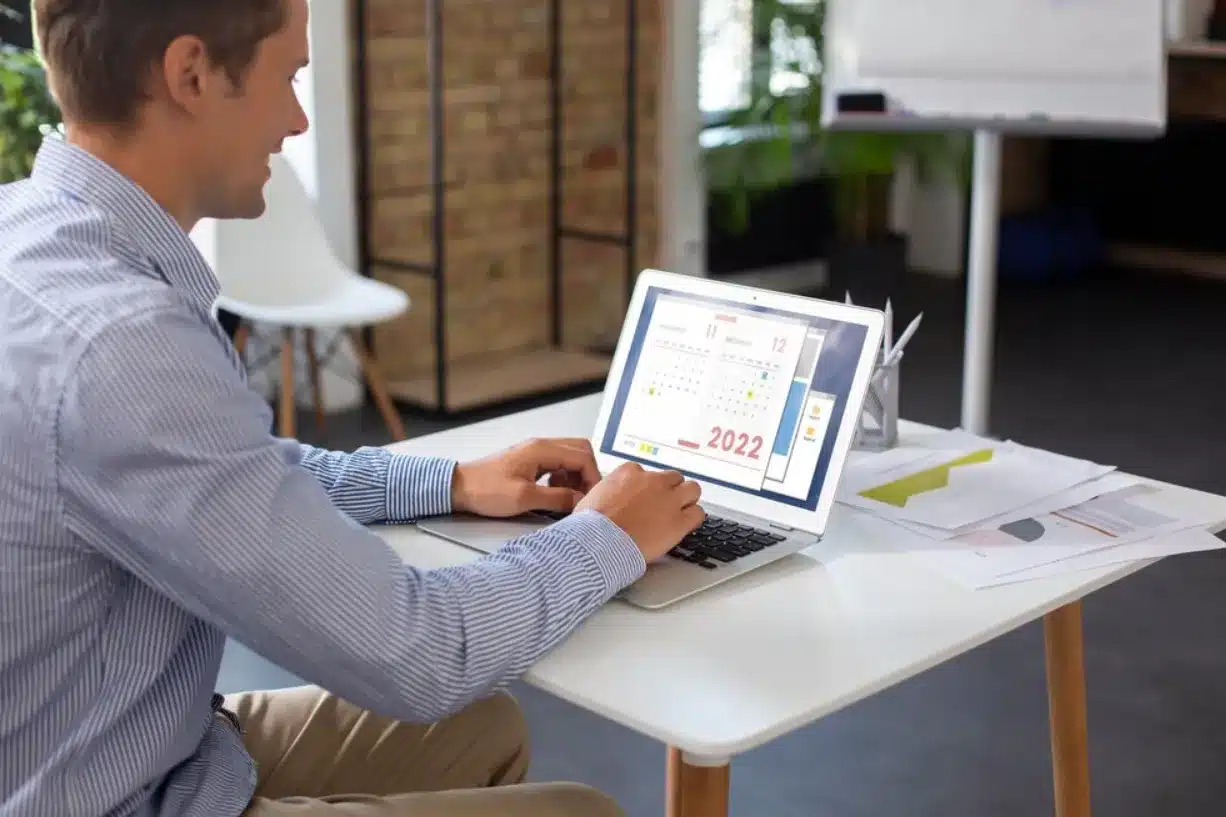
1. Precoro is best for contract management
Precoro is a versatile procurement management solution offering features for requesting, approving, ordering, contract management, and controlling procurement. Highly customizable, it allows users to automate nearly any task and automatically generate documents with three-way matching. Users can create purchase orders, track orders in real-time, and manage procurement actions from a centralized platform.
Among the key benefits are real-time synchronization of data, RFP and RFQ automation with no paper involved, and workflow revision tracking for compliance with an audit. A few users do not like notification rules and the inventory module. With 4.7/5 stars on G2 and 4.8/5 stars on Capterra, Precoro has positive reviews. Small team use of Precoro costs $35 per user per month, and enterprise clients get custom rates for their larger teams.
2. Coupa is best for spending management
Coupa is a procurement software platform focused on spend management in procurement processes. It unifies source-to-pay operations to enhance operating margins, manage working capital, and forecast budgets. Limited automation streamlines contracting, purchasing, invoice approvals, and supplier relationships.
Key features include third-party supplier management visualization, financial benchmarks via Coupa Community.ai, and comprehensive vendor management. However, some users need multiple accounts to process payments, and there is no free trial or freemium option. Customer service is chat-only.
Pricing is available upon request. Coupa has a 4.2/5 rating on both G2 and Capterra, based on over 260 and 80 reviews, respectively.
3. Kissflow is best for automating purchase orders
Kissflow is a procurement software platform known for its simplicity and customizability. It allows users to track purchase requests, automatically generate purchase orders, and approve invoices via a mobile app. Kissflow integrates with various platforms like Xero and DocuSign, centralizing all procurement data.
The platform offers granular permissions, giving precise control over user actions. Key features include simplifying vendor onboarding, integrating with other finance software via API, and extensive customization of workflows, data fields, and reports.
However, Kissflow lacks free or freemium options and can be challenging to deploy. Pricing starts at $1,990 per month. Despite these drawbacks, Kissflow has strong reviews, with a 4.3/5 rating on both G2 and Capterra.
4. Vendr best for SaaS costs
If your company relies heavily on software, Vendr is an ideal procurement solution. It specializes in reducing SaaS costs and speeding up the procurement process, making it efficient for software vendor management and compliance with legal requirements.
The vendor automates procurement processes, allowing you to create workflows that run on autopilot while still maintaining control over adjustments. Key features include transparent buyer guides, expert negotiation advice, and a centralized dashboard for purchases, renewals, and spending data. Each subscription guarantees savings.
Best for businesses earning at least $400,000 annually, Vendor has manual features (e.g., contract preferences) that are cumbersome for a few users. Pricing for the three plans are Starter: $36,000/year, Growth: $78,000/year, Enterprise: $120,000/year. The vendor is rated 4.6/5 by G2, based on over 100 reviews, with delighted users.
5. GEP SMART is best for direct procurement
GEP SMART is a comprehensive software suite for direct procurement, bill of materials management, source-to-contract, and more, eliminating the need for standalone modules. Its advanced procurement system uses AI, robotic process automation (RPA), and Big Data for end-to-end solutions.
Notable functionalities include direct and indirect spend management, compliant procurement process design, and AI-driven acceleration of source-to-pay tasks. A few users find it difficult and slow to navigate compared with other tools. Prices are available upon request. With a strong presence, GEP SMART enjoys high user satisfaction, with 4.4/5 on G2 and 4.6/5 on Capterra.
6. Jaggaer best for e-procurement
Jaggaer is a procurement management tool focused on direct procurement and e-procurement, helping enterprises control spending and improve efficiency. It ensures adherence to contracts and policies with robust compliance features and intelligent shopping tools for easy purchasing.
Key features include comprehensive supply chain and supplier relationship management, One-Stop Shopping for comparing items from various catalogs, and powerful reporting capabilities for a clear view of procurement data and processes.
Jaggaer has some limitations, such as requiring contact for pricing and a lack of global procurement tools. Despite this, it has strong reviews, with a 4.4/5 rating on G2 and 4.2/5 on Capterra.
7. Procurify best for supplier management
Procurify is a spend management solution that provides complete visibility into operational expenditure, spending, and supplier/partner interactions and communications. It governs the entire procure-to-pay cycle, applies the spending policy, and guarantees budget and audit compliance. The necessary capabilities include mobile apps for iOS and Android, support for accounting systems or ERPs, and workflow customization for remote teams on the move.
Where Procurify falls short is its more expensive offering without a free plan or freemium offering, and there are no built-in inventory management features—price: $2,000 per month. Procurify is well-reviewed, too, with 4.6/5 on G2 (based on 170+ reviews) and 4.5/5 on Capterra (based on 140+ reviews).
8. Team Procure best for custom procurement workflows
Team Procure is a spend management tool to streamline approval workflows, purchase orders, and inventory management. It has configurable approval workflows and an RFQ & E-Auctions process, where users can invite multiple suppliers to bid on projects and compare the results, which are handled automatically. Some standout features are e-auctions, collecting quotations from suppliers, a warehouse management tool, and onboarding suppliers with tracking of their procurement KPIs.
However, it is not as extensive in inventory management as other software, and some users find the cash flow tables challenging to understand. The Cloud Procurement Suite (3 users) is priced at $250 per month, and the Enterprise Procurement Suite has bespoke pricing. Teams such as Procure tend to have high ratings (5/5 G2, 4.7/5 Capterra).
9. Corcentric best for B2B teams
Corcentric presents an all-encompassing procurement software set up to guide source-to-pay, order-to-cash, payment processing, and more, focusing on B2B commerce tailoring. It streamlines procurement from start to finish, making it perfect if your business is targeting selling products to other companies.
One of the standout features of Corcentric is its Intelligent Applications, which leverage automation and AI to accelerate procurement management and identify useful trends quickly. Additionally, users can call on a strategic advisor for optimization tips, integrate and automate procurement processes, and even hire Corcentric to manage procurement services.
However, some users have reported a slow and buggy experience compared to other procurement tools. Pricing for Corcentric is available upon request, reflecting its customized approach. Despite mixed reviews, Corcentric holds a rating of 3.2/5 on G2 (7+ reviews) and 4/5 on Capterra (3+ reviews).
What Should You Look for in Procurement Management Software?

Are you searching for an effective procurement management tool? Here are key features to look for:
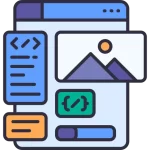
Templates
Streamline your workflow by choosing procurement software with pre-built templates for RFQs, inventory checklists, and other documents so you can avoid creating new documents from scratch.
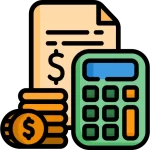
Budgeting
Proper financial management is essential. Opt for software that provides spend analysis, visibility, invoice processing, and accounts payable integration to enhance your budgeting and procurement processes.
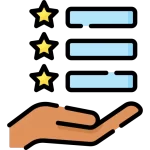
Use case-specific features
While many procurement tools are versatile, selecting one tailored to your industry can offer distinct advantages. Whether you need support for real estate project management or IT procurement, there’s a specialized tool available.
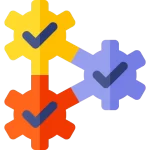
Integrations
Ensure that your procurement software integrates smoothly with existing enterprise resource planning (ERP) systems and other software, maintaining a unified and efficient workflow.
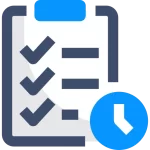
Vendor list management
Practical procurement tools should cover all aspects of the contract lifecycle. Look for features that offer comprehensive contract and supplier management to keep track of supplier performance and compliance.
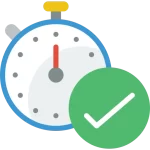
Ease of use
Choose cloud-based procurement management solutions that provide real-time insights and data accessibility, enabling you to make faster, more informed decisions and improve overall efficiency.
Common Procurement Management Challenges
This is a sophisticated process to streamline procurement. Organizations have many headwinds to contend with that often act as organizational barricades to disrupt fraud through risk-based transaction monitoring: keeping up with regulatory compliance, avoiding budget blowouts, and delivering on time, to mention a few. Supplier management also needs to strengthen in tandem with the last mile of procurement across departments.
Procurement management software solutions are the answer to these problems, as they are filled with features that automate workflows, regulatory compliance checklists, live-budget tracking, and supplier verification automation. In the long term, it helps standardize practices, improve transparency, and enhance efficiency through data-driven insights by improving decision-making and reducing costs.
How Can Procurement Management Tools Enhance the Procurement Process?
Streamlined Purchase Requests
Automated routing of purchase requests for approval expedites the approval process. This approach can be modified as per the organizational structure and the kind of approval chains needed, which helps get the request pushed faster to the correct hands at the right moment. Notifications sent to approvers ensure purchasing approval is expedited, thus reducing bottlenecks and streamlining the procurement process and approvals. This efficiency also reduces the time for approvals, which in turn accelerates productivity.
One Source of the Truth
Centralizing all procurement data into one platform allows end-to-end real-time visibility of spending, contracts, and supplier performance. A single data warehouse streamlines the monitoring and analysis of procurement transactions to provide trend lines, enable compliance monitoring, and yield reports. Centralized data management benefits collaboration between departments, with all stakeholders sharing visibility to the same information and, therefore, working in a more informed and coordinated manner.
Centralized Data Management
With all procurement data easily accessible from one source, these tools provide an end-to-end overview of spending, contracts, and supplier performance with real-time capabilities. A centralized data store makes it easier to track and report on procurement activities, which in turn simplifies identifying trends, maintaining compliance, and producing reports. Centralized data management also promotes inter-departmental collaboration because all concerned parties have the same visibility, which puts them in a good position when it comes to giving more accurate judgments and creating joint strategies.
Advanced Process Automation
Advanced automation capabilities in procurement management software automate a range of standard processes, such as generating purchase orders, invoice processing, and contract management. Such automation avoids manual intervention, which in turn helps to work efficiently and aids in error reduction. Another outcome of the development of automated workflows is the ability to ensure that complex and time-consuming tasks are completed consistently and correctly, lifting procurement staff to focus on potential value-addition and strategic actions.
Cost Reduction
Procurement management tools give deep insight into spending patterns, which helps identify potential cost-saving opportunities. Procurement tools, therefore, can analyze all procurement data to identify areas where cost savings can be identified and help consolidate purchases, negotiate better terms with existing suppliers, or find new sources. Moreover, with visibility in real-time, you are sure not to go over your budget, and all procurement activities are within specific financial bounds that bring excellent cost efficiency in the end.
Compliance Management
Compliance tracking, automated contract management, and other features help ensure that all procurement activities adhere to company guidelines and legal requirements. Tools for procurement include hands-free monitoring of purchases, uncovering non-compliance with the declared procure transactions, and alerting on regulatory updates while all the required documentation is available. Being compliant from the get-go means the organization does not have to face non-compliance as well as the penalties that come with it, giving them more respect for what they do.
Using Tools for Better Procurement Management.
Acquisitions entail a myriad of processes, and although you manage to deal with many of them, there is no reason why the procedure should be much more complicated than it already is.
Coordinate all needed procurement, from tasks to conversations and strategies, using a powerful procurement management tool. These platforms provide a centralized integration of all tools and features, and with well-designed templates, you will be saving mountains of time. Follow the recommendation of specialists and, finally, solve the problem of an effective and even joyful procurement process with the help of the proper instruments!
Frequently Asked Questions
Is ERP recognized as procurement software?
ERP (Enterprise Resource Planning) is a dynamic application that involves bringing together the accountancy, order processing, inventory, human resources, and purchasing functions in a single package.
What would be the best way to select the right one for procurement?
Choosing the most appropriate procurement method based on the details of the project, including its needs, challenges, and limitations. Proper consideration should be given to factors like complexity, cost, and the time required to perform the risk assessments to identify the most appropriate method to use.
What is digital procurement software?
They are digital applications that not only finalize but also improve the process of managing requirements and approvals for procurement. It also has the capability for employees to submit e-forms for purchase requisitions and bids/requisitions for goods and services, which will be processed and directed to the correct approvers through proper workflow and rules.
What makes managers prefer procurement software in their organizations?
Various proposals point towards the use of procurement software, which, if installed, can contribute to the achievement of huge returns on a reduced cost of procurement. Automation of routine processes can help minimize paperwork, increase precision, and eradicate businesses’ repetitive processes. Thus, the organization’s operation becomes efficient.
Which operations does procurement software handle?
Many different types of applications for procurement software can help organizations streamline their procurement operations. These are known as procurement and supply as they involve purchasing, order management, inventory management, supplier management, contract management, and invoice management, and these lead to a better procurement system.
